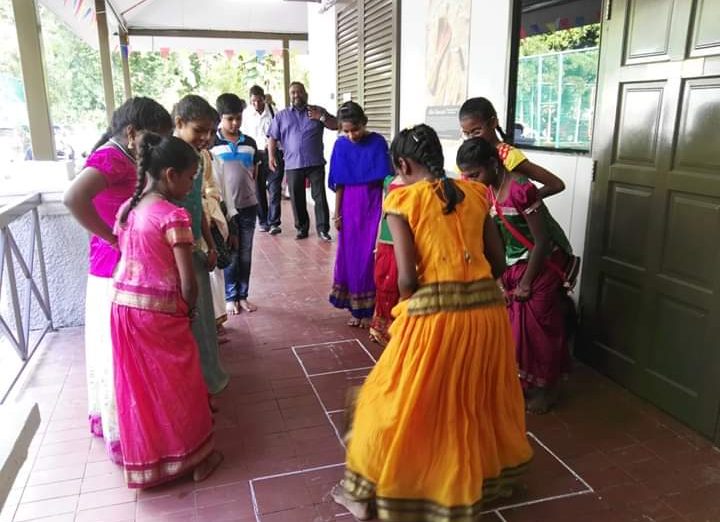IT was a known fact that way before the impressionable minds were corrupted by video games and play stations, kids played games by resorting to what was available to them.
Years passed and the invention of television and computers further pronounced the doom as certain traditional Tamil games were slowly forgotten by some Indian people around the world.
To revive the delightful part of this history, the Penang Hindu Endowment Board (PHEB) organised a programme based on traditional Tamil games. School children along with their parents and teachers attended the programme.
Penang Deputy Chief Minister II Prof Dr P. Ramasamy, who officiated the programme, said the main purpose of this programme is to bring back our traditional Tamil games into the public sphere because in the course of time, interests in such traditional games have dwindled and now they are being replaced with mostly Western and modern games.
“In those early days, games were played not just for passing time but also formed an essential part of the learning process. Games are not only about winning and losing but also on increasing one’s concentration, enhancing mathematical skills and also taught children to accept loss and victory with equal ease.
In his speech at the PHEB association on Oct 20, Ramasamy who is also Chairman of PHEB, emphasised that PHEB is a statutory body set up through the Hindu Endowments Act in 1906. Its main role is to administer the endowments placed under its administration. An endowment, under the Act, covers any endowment be it land, landed property, buildings, houses, burial grounds, temples, money given or to be given for the benefit of the Hindu community in Penang.
Traditional Tamil games were played starting from 9am and this went on until 12pm.
Among the traditional games being played were pallanguli, pambaram, thayam and aadu puli attam.
Children including the elderly excitedly took part in the games and it was no secret that some of the participants were playing such games for the very first time. Elderly folks were seen happily taking part in the activities whilst fondly re-collecting their childhood memories.
For instance, pallanguli and thayam which were mostly played by women and related to mathematics, required players to have quick mental maths ability thereby augmenting memory power.
Aadu puli aattam, can be played by drawing a quick pattern on the floor with chalk and picking a couple of seeds, or shells, to be used as coins. The game depended on one’s lifestyle. Those living by the coast found it comfortable to draw patterns on the sand and use shells, while others used what was available.
To play pambaram, all the players have to go for the ‘toss’ which is known as ‘Goes’ at the same time. The ‘Goes’ process is, after counting 1, 2, 3 all the players should wind their tops with their ropes. Then unwind it by releasing it from the rope, throwing it on the ground to rotate and pick it up with the rope as quickly as possible. It depends on managing the shortest rope length which helps one to rotate it and allowing the player to catch it back with the rope.
Story by K. Thaarshenii
Pix by J. Patmavathy

